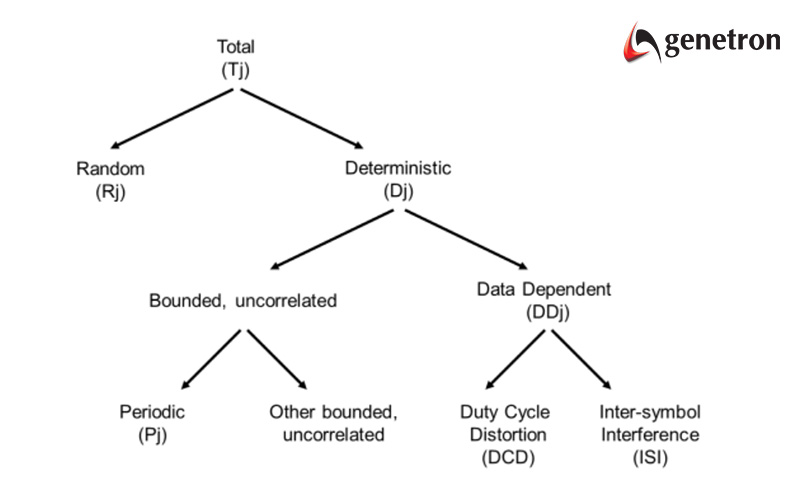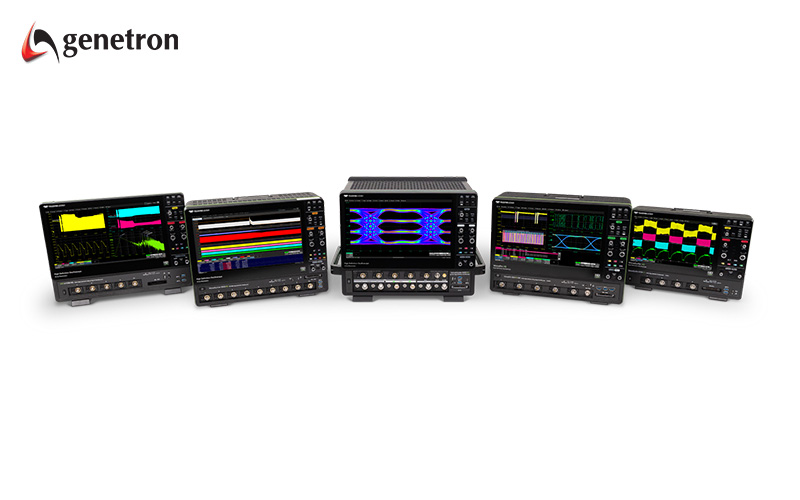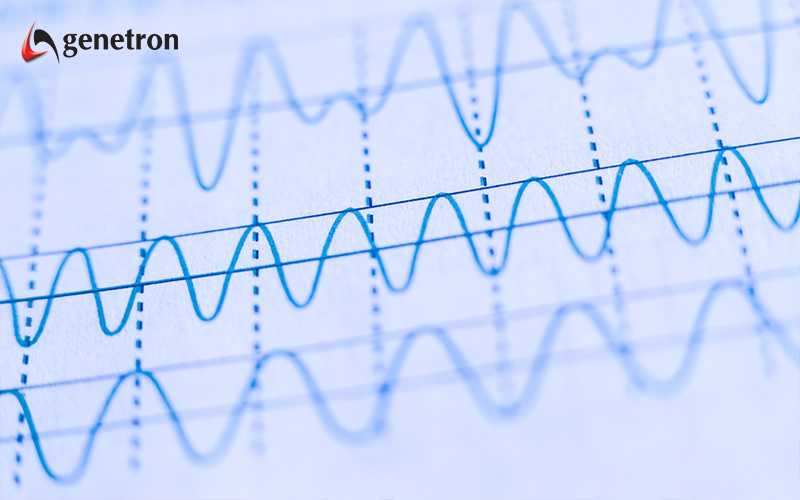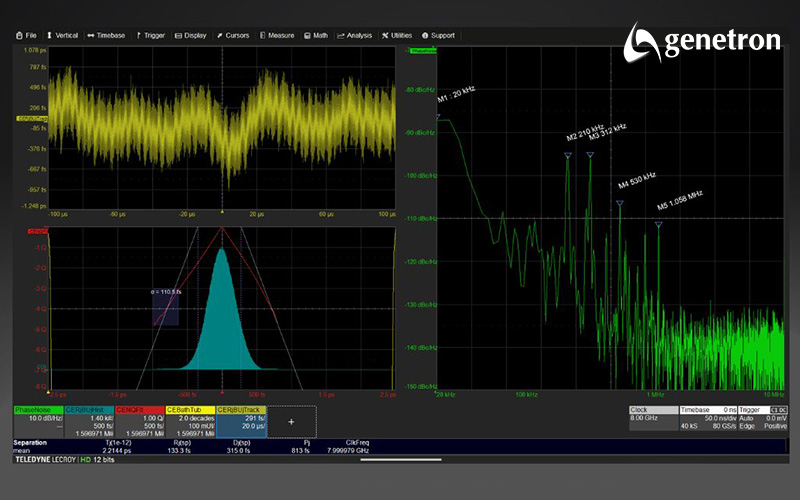
Clock jitter is a critical issue in modern electronics, often posing challenges in high-speed digital systems. It refers to the deviation or variation in the timing of clock pulses, which can lead to significant signal integrity issues if left unaddressed. As electronic devices become increasingly complex, engineers and technicians are required to have a firm understanding of jitter, its causes, and its effects in order to conduct more effective design and testing. Here is what you need to know about this particular anomaly.
What is Clock Jitter?
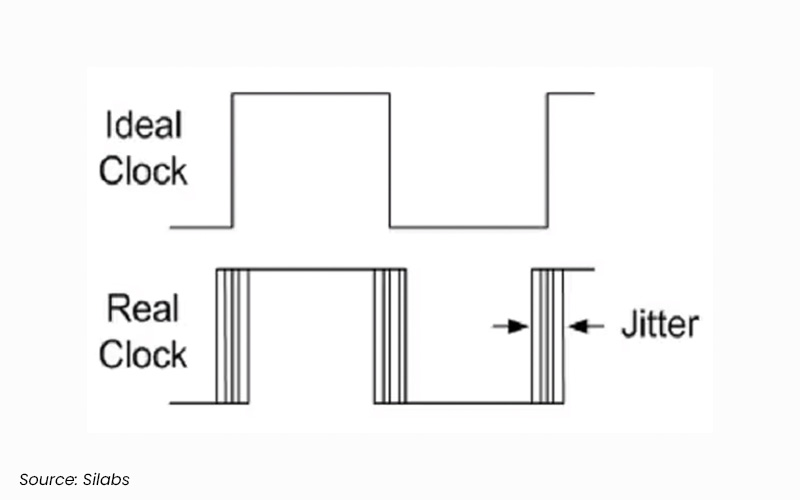
Source: Silabs
Clock jitter is the variation in the timing of clock signals from their ideal positions. In a perfect system, clock pulses occur at regular intervals, ensuring precise timing for digital circuits. However, in real-world systems, fluctuations can occur due to various internal and external factors.
These timing deviations, even if minor, can disrupt the synchronisation of circuits, leading to errors in data transmission, processing, and communication.
Causes of Clock Jitter
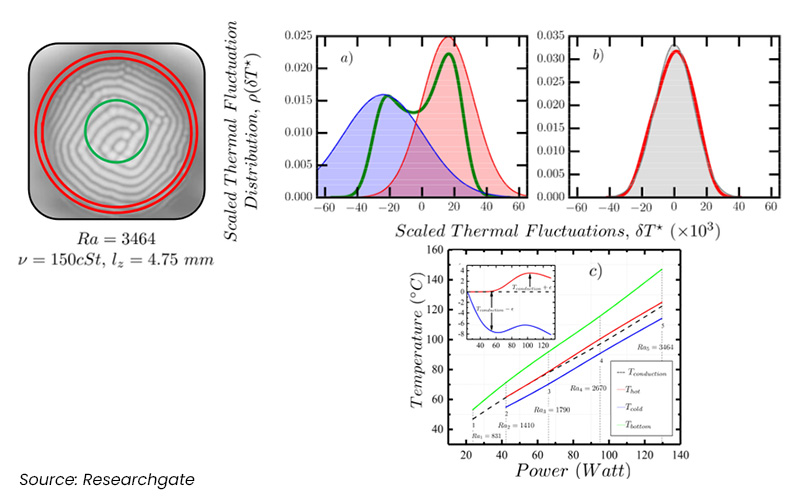
Source: Researchgate
Clock jitter arises from both internal and external sources. Identifying and mitigating these causes is crucial for maintaining signal integrity and system performance.
Internal Causes
1. Power Supply Noise:
Variations in the power supply voltage can induce instability in clock signals. Even small fluctuations can lead to significant timing deviations in sensitive circuits.
2. Thermal Fluctuations:
Changes in temperature affect the physical properties of electronic components, leading to variations in signal timing.
External Causes
1. Electromagnetic Interference (EMI):
EMI from nearby devices or environmental sources can introduce noise into clock signals, disrupting their regularity.
2. Clock Source Instability:
An unstable clock source, such as a crystal oscillator, can produce inconsistent signals, amplifying jitter in the system.
Effects of Clock Jitter
Clock jitter has a direct impact on the performance and reliability of electronic devices. Its effects are amplified in high-speed circuits, where precision timing is critical.
1. Data Integrity Issues
Timing deviations can cause data to be sampled incorrectly, leading to bit errors in communication systems. These errors compromise the accuracy of data transmission and can result in the need for retransmission, reducing overall efficiency.
2. Signal Processing Errors
Jitter affects the synchronisation of components in signal processing applications. This can degrade the quality of processed signals, particularly in systems that rely on precise timing, such as audio and video processing.
3. Communication Protocol Disruptions
In systems using complex communication protocols, jitter can cause timing mismatches, disrupting the coordination between sender and receiver. This leads to delays, dropped packets, and reduced throughput.
4. High-Speed Circuit Errors
In circuits operating at high frequencies, even minor timing deviations can lead to significant errors. These include metastability, skew, and phase shifts, all of which affect overall circuit performance.
How to Manage Clock Jitter
Addressing jitters requires a combination of meticulous design practices, careful component selection, and the use of advanced testing tools.
1. Design Improvements
-
Power Supply Design:
Ensure stable power delivery by incorporating low-noise power supplies and decoupling capacitors to minimise power supply noise.
-
Thermal Management:
Use efficient cooling solutions and temperature-compensated components to reduce the impact of thermal fluctuations.
2. Shielding Against EMI
- Implement shielding techniques and proper grounding to reduce susceptibility to electromagnetic interference.
- Choose components and circuit layouts designed to minimise EMI.
3. High-Quality Clock Sources
- Use stable and reliable clock sources, such as high-precision crystal oscillators, to minimise inherent clock source instability.
4. Testing and Analysis Tools
Advanced testing tools are essential for diagnosing and mitigating jitter:
-
Oscilloscope:
An oscilloscope is an invaluable tool for time domain analysis, allowing engineers to visualise clock signals and identify timing deviations.
-
Protocol Analyser:
Protocol analysers help ensure that communication protocols remain intact despite the presence of jitter, verifying system performance under various conditions.
Clock jitter is a subtle but pervasive challenge in electronic systems, affecting everything from data integrity to communication protocols. By addressing its internal and external causes, and by leveraging tools such as oscilloscopes and protocol analysers, engineers can ensure consistent system performance and signal integrity.
Here at Genetron Singapore, we offer cutting-edge measuring tools like oscilloscopes and protocol analysers to detect even the most subtle jitter, allowing engineers and technicians to optimise electrical systems and keep them running smoothly.
For more information about our products, please contact us today.


